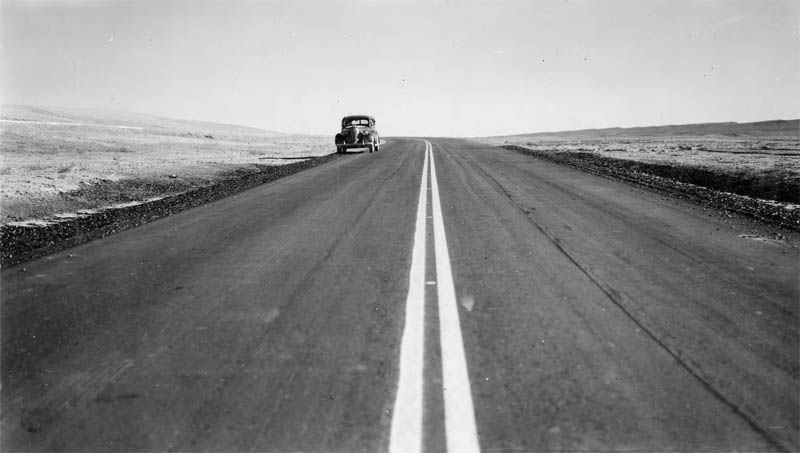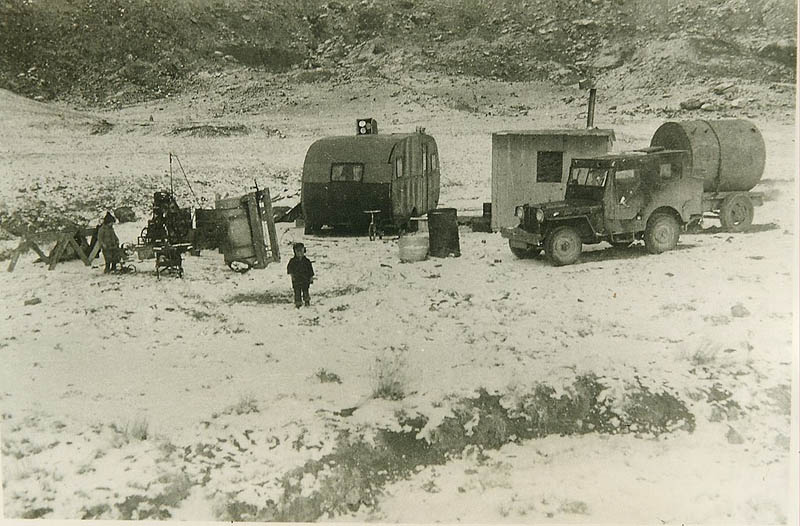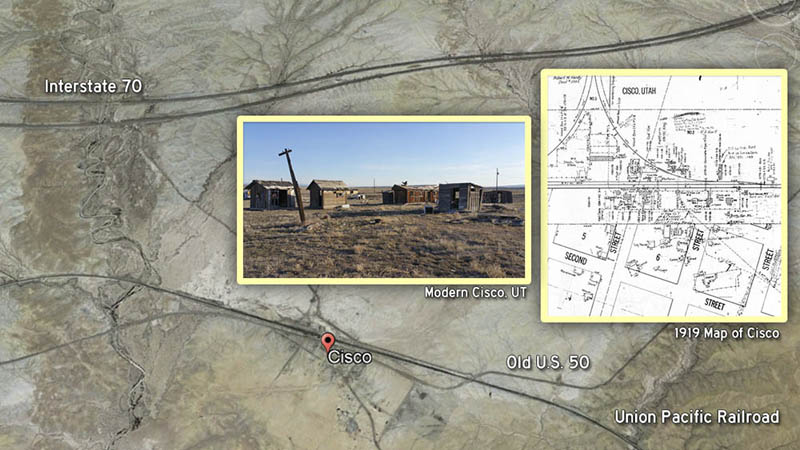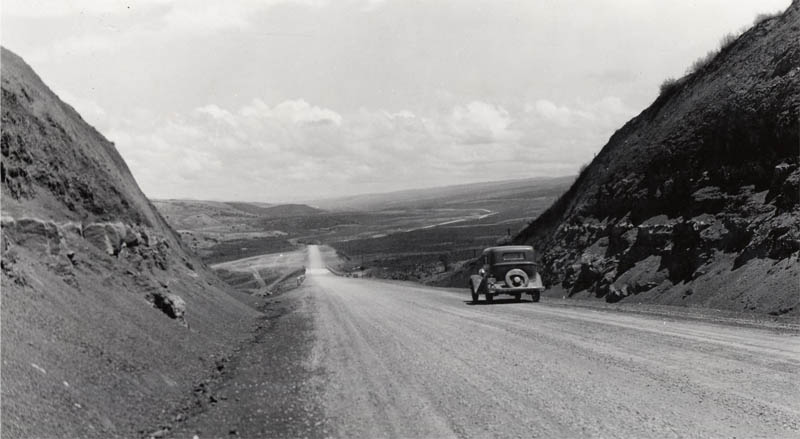Widespread enthusiasm for America’s “Central Pleasure Route” did not endure, as controversy over Highway 50’s potential place in the 1956 Interstate Highway System, which offered some communities a Faustian pact of reduced congestion at the expense of local businesses. Countless other communities had no choice on the issue. Highway 50’s 100-mile course from Grand Junction, Colorado to Green River, Utah is one of its few sections the Interstate Highway System has completely replaced. Interstate 70’s construction in Utah included an additional 100-mile stretch beyond Green River to Salina through the roadless San Rafael Swell, upon which planners re-routed Highway 50, taking advantage of the more direct route compared to its original course which detoured 150 miles north to Salt Lake City before resuming its east-west orientation in Ely, Nevada.

Little remains of Cisco, the first town Highway 50 meets as this Interstated course enters Utah. The modern ghost town began as a railroad water stop decades before the arrival of the highway. In 1952, Charlie Steen, a geologist residing in one of the town’s far-flung tarpaper shacks, discovered one of the largest uranium deposits in the country at the historical moment of the peak of Cold War nuclear proliferation. Steen’s discovery made him a quick millionaire and turned nearby Moab into a mining boomtown.

The uranium boom in Utah was short-lived, and Cisco was already struggling when Interstate 70 began construction through the area in 1963. Country singer Johnny Cash commemorated the historical moment Interstate 70’s construction passed the town of Cisco into mythology in his 1968 song, Cisco Clifton’s Fillin Station. The story of a Cisco fueling station and its owner’s lament “…I hope my kids stay fed when they build that Interstate,” is likely based on a true story according to a brief oral history of a former Cisco gas station owner taken by Jason Fried, CEO of Basecamp. Fried’s subject claims the song was based on an actual encounter in the late 1960’s and Cash himself was the big-spending Cadillac driver also featured in the lyrics. Today, as predicted in Cash’s song, Cisco sits in near-ruin, completely bypassed by the Interstate. Its major enduring legacy has been as an road-movie ghost town, featured in 1971’s Vanishing Point and 1991’s Thelma and Louise.

Although the state’s construction of the Interstate bypass relegated Cisco to the status of a modern ghost town, recent efforts to breathe life back into Cisco have been led by both long-standing inhabitants and scant newcomers, who have taken to renovating a few of Cisco’s historic buildings. The short section of old U.S. 50 that detours off of Interstate 70 is a brief historic sidetrack from the fury of Interstate travel and offers a quick alternative glimpse at life along the old highway. Cisco’s once-abandoned general store has been restored and rechristened the Buzzard’s Belly General Store, and offers a fantastic historical respite and resupply stop in the midst of an otherwise conventional Interstate highway experience.

Comments are closed.